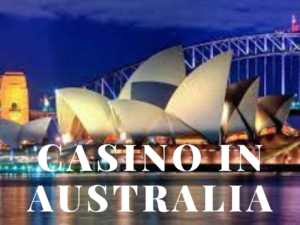The Women’s Suffrage Movement and Its Influence on Political and Social Change
The Women’s Suffrage Movement was a major social and political movement that sought to secure voting rights for women.
The movement was born in the late 19th century, and its influence on political and social change has been far-reaching.

The Women’s Suffrage Movement’s origins trace back to the early 19th century when women began organizing and advocating for their rights.
In the United States, women’s suffrage advocates first emerged in the mid-19th century, led by figures such as Susan B. Anthony and Elizabeth Cady Stanton. These early advocates faced significant opposition and were often subject to ridicule and harassment.
Despite these challenges, the Women’s Suffrage Movement continued to grow and gain momentum. A growing sense of frustration fueled the movement among women excluded from political and social life.
Denying women access to higher education, property ownership, and voting was common.
The Women’s Suffrage Movement was not just about securing the right to vote. It was a larger movement for social and political equality. Women’s suffrage advocates argued that women deserved equal rights and opportunities in all aspects of life, including education, employment, and marriage.
The Women’s Suffrage Movement was a powerful force for change, and its impact on political and social change was significant. The movement helped to change public attitudes toward women and their role in society. It also helped to lay the groundwork for future movements for women’s rights and equality.
One of the most significant achievements of the Women’s Suffrage Movement was the passage of the 19th Amendment to the United States Constitution, which guaranteed women the right to vote.
The passage of the amendment was a major victory for the movement, and it helped to pave the way for further advances in women’s rights.
The Women’s Suffrage Movement also had a profound impact on women’s participation in politics. Women’s suffrage advocates recognized that the right to vote was just the first step toward achieving full political equality.
They also worked to encourage women to run for office and to become involved in political activism. Consequently, women took on greater political roles, with their voices and perspectives heard more prominently than ever.
The Women’s Suffrage Movement also helped to pave the way for other movements for social and political change. The movement inspired future generations of activists to fight for civil rights, workers’ rights, and LGBTQ rights.
It also helped to create a culture of activism and social change that has continued to shape American society.
The Women’s Suffrage Movement also had a profound impact on the way that women were viewed in society. Before the movement, women were often seen as subordinate and inferior to men.
The movement challenged these ideas and helped to promote a more egalitarian view of gender roles. It helped to show that women were just as capable as men and that they deserved equal rights and opportunities.
Conclusion
The Women’s Suffrage Movement was a powerful force for change that helped to transform American society. The movement secured women’s voting rights, boosted political participation, and paved the way for future social and political movements.
The Women’s Suffrage Movement’s impact endures, reminding us of activism’s transformative power. The movement shifted public attitudes on women’s roles, fostering more egalitarian gender perspectives.
The Women’s Suffrage Movement advanced gender equality and continues to inspire our pursuit of justice and equity. 온라인카지노


